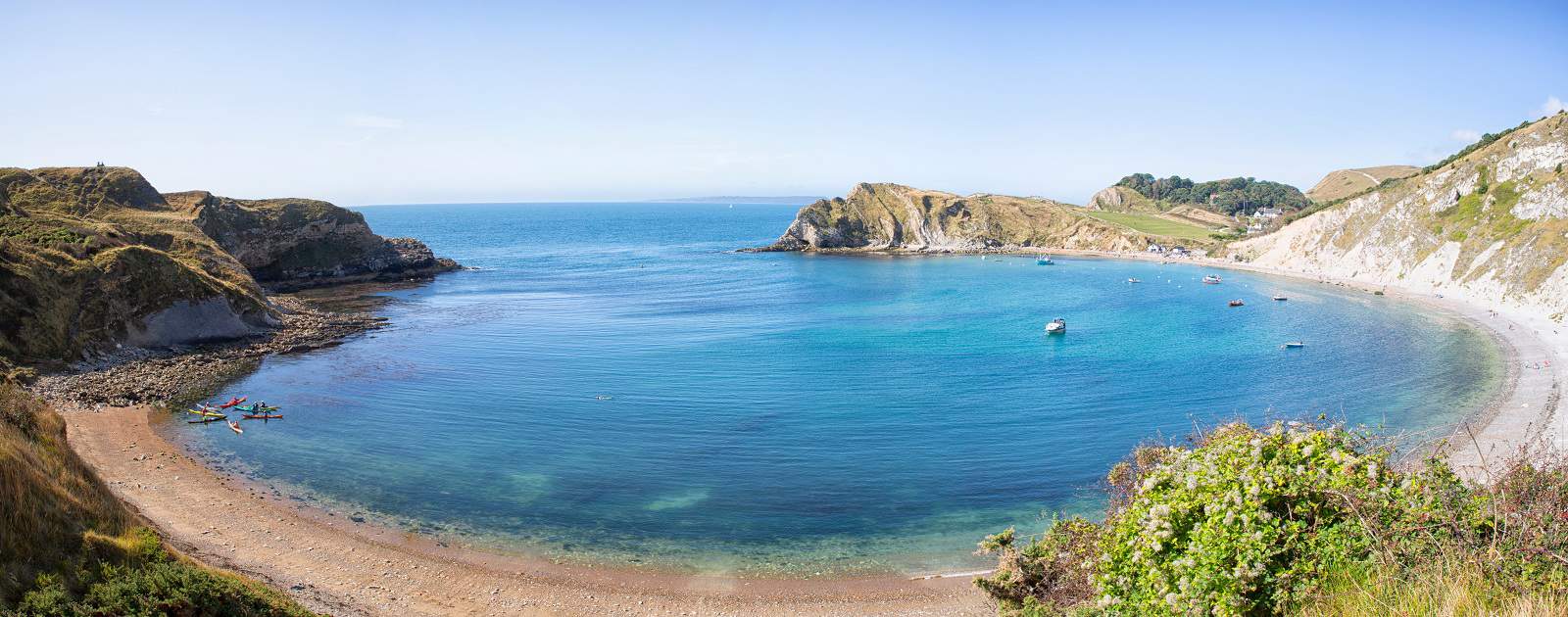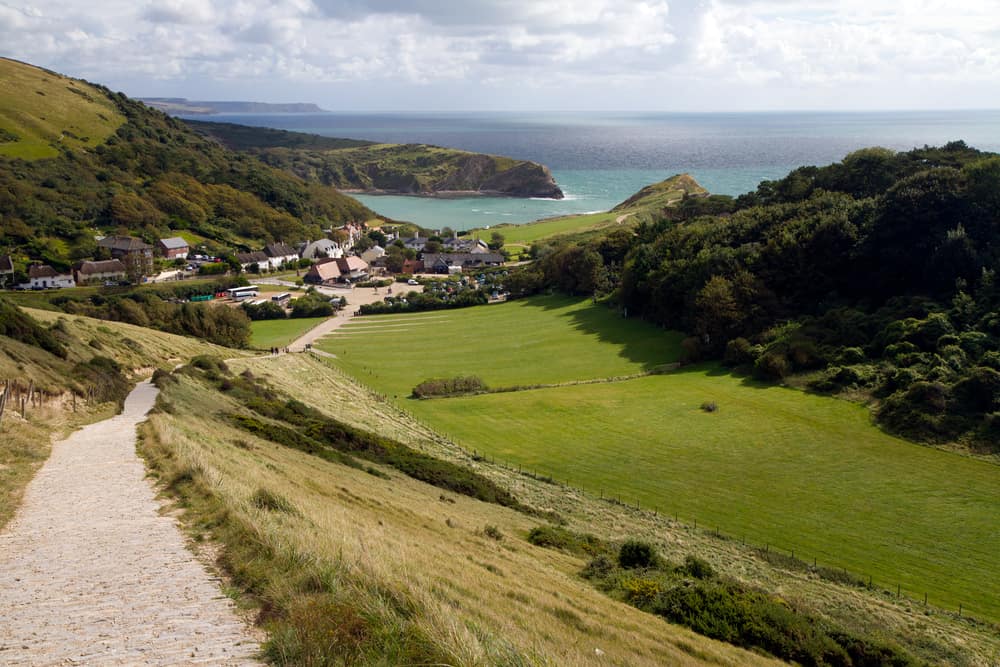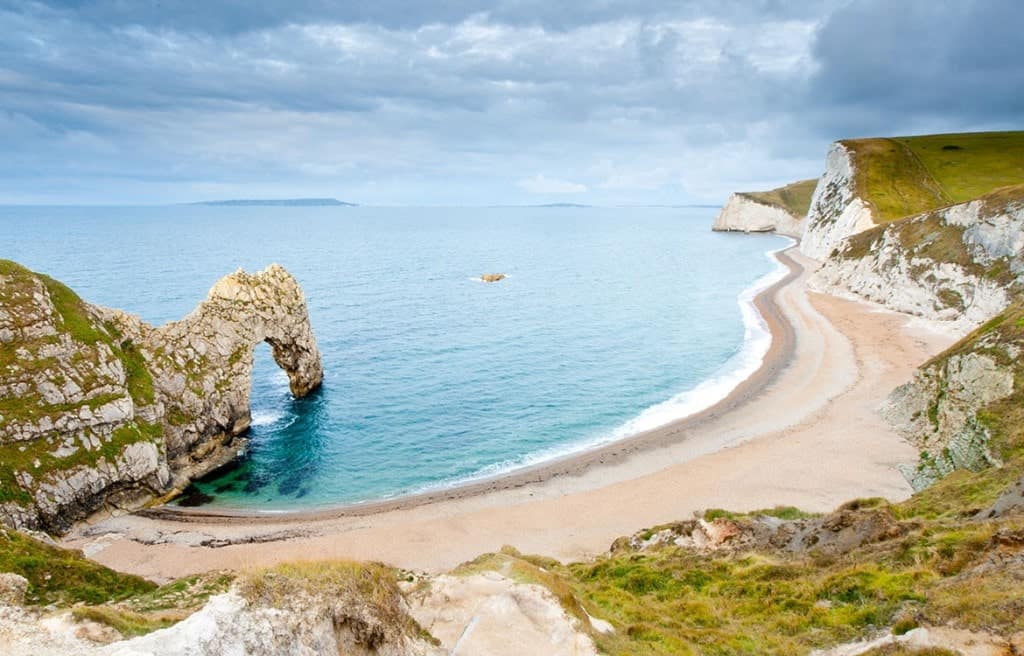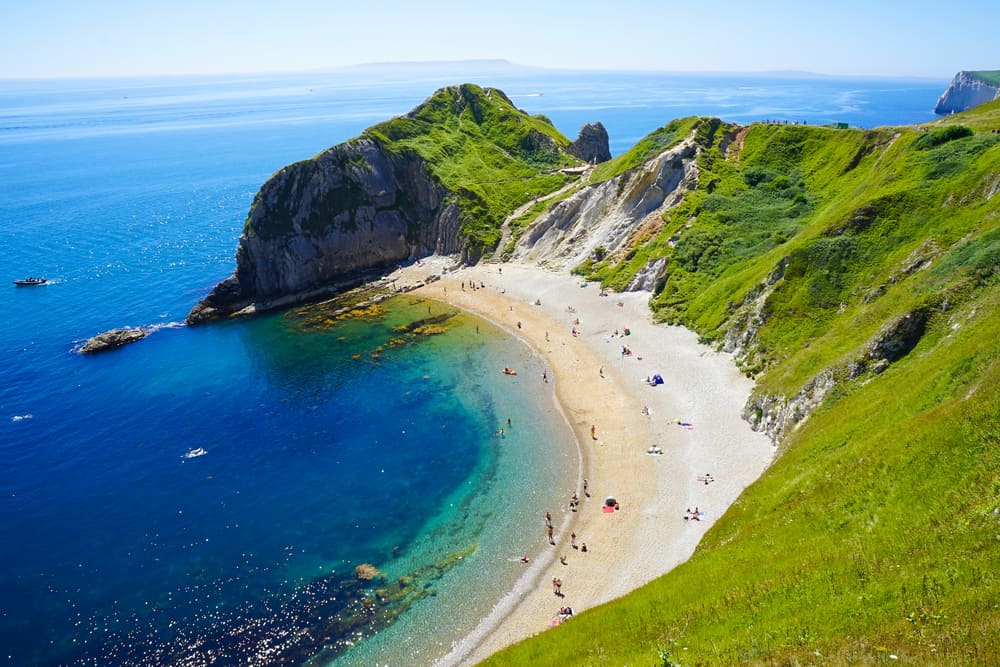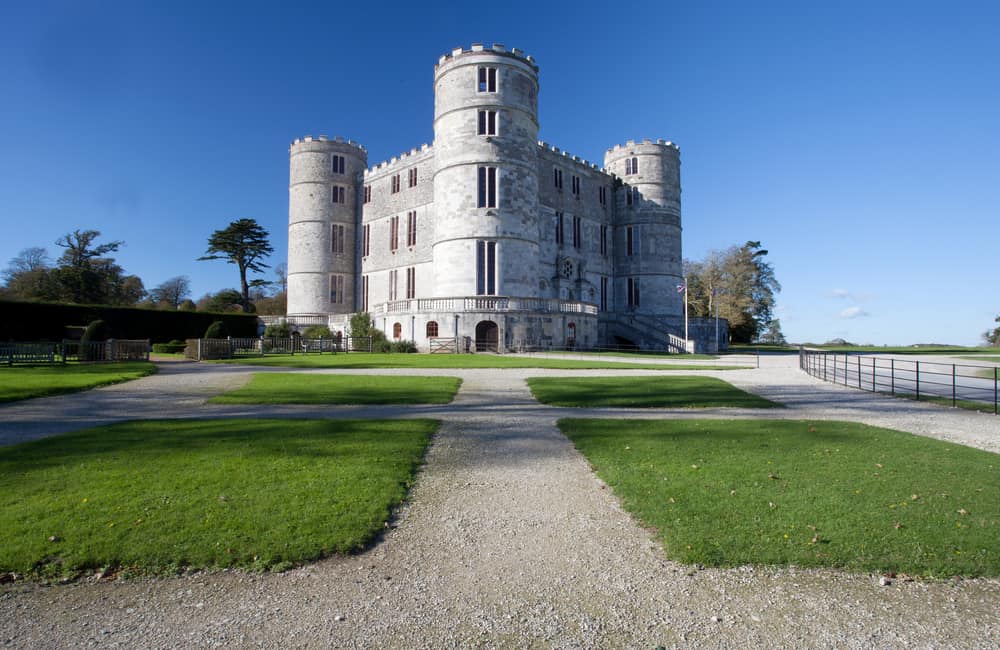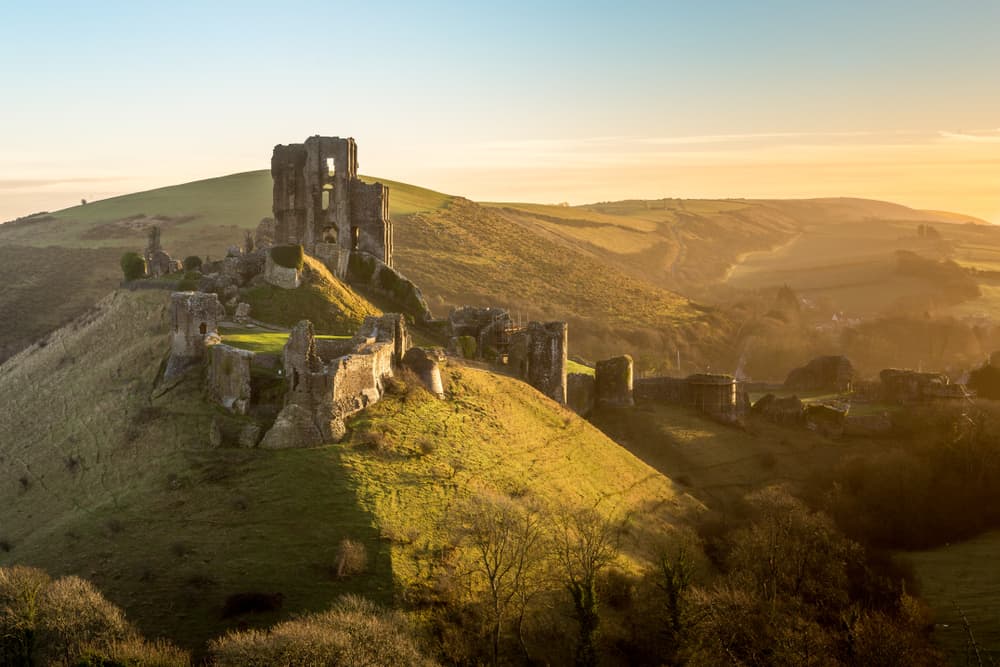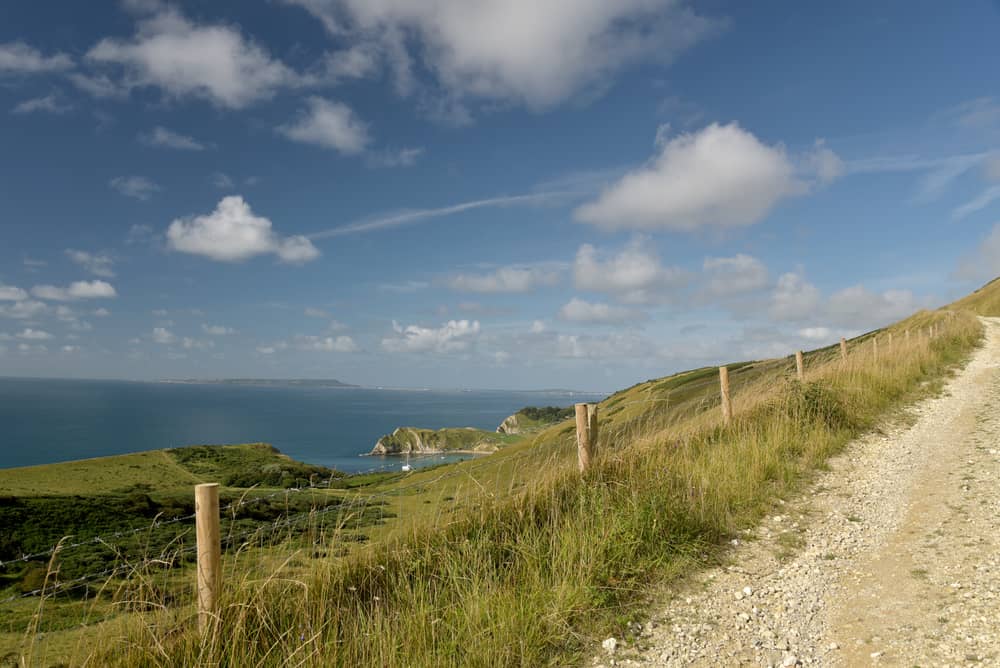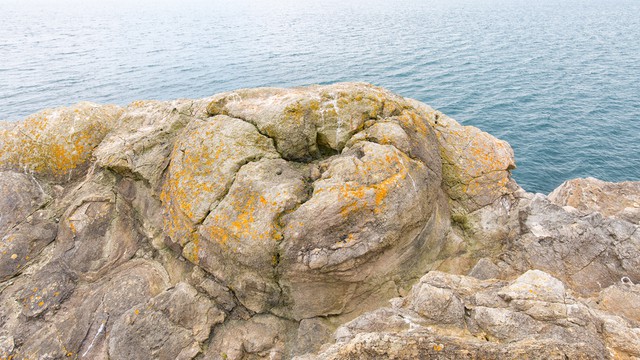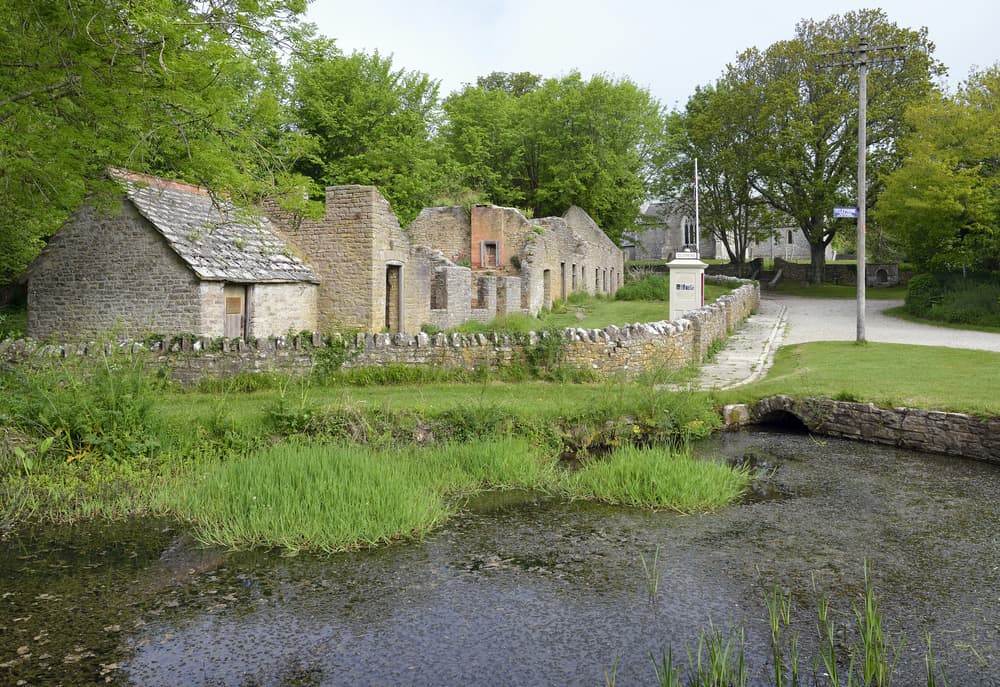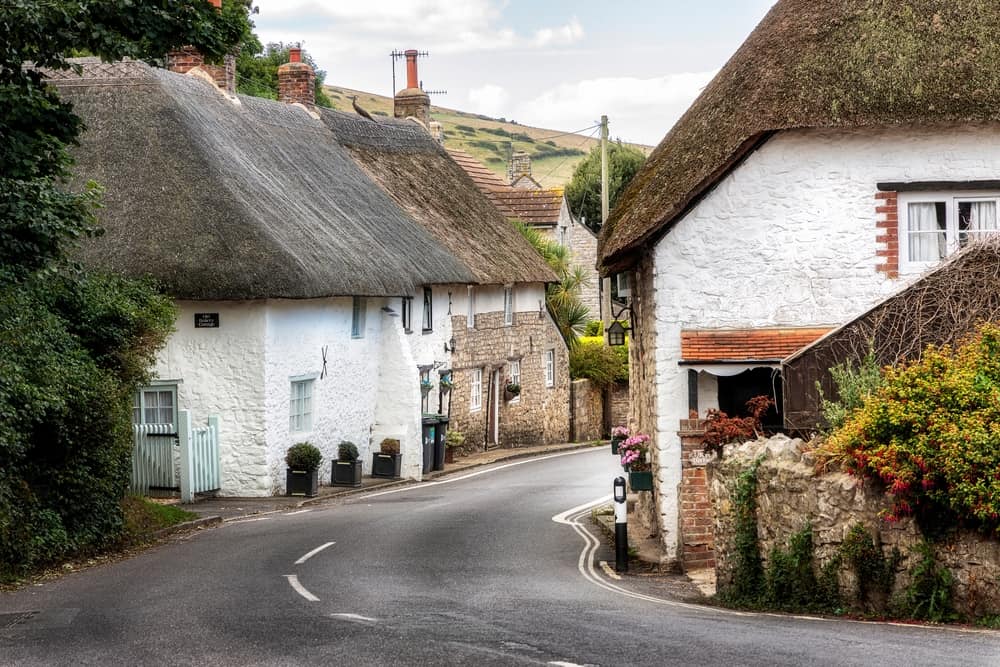A BRIEF OVERVIEW OF WEST LULWORTH
West Lulworth is a captivating village that offers a perfect blend of natural beauty, coastal charm, and outdoor adventures. Whether you seek relaxation on the beach, exhilarating hikes along the coast, or cultural experiences in the surrounding area, West Lulworth is a destination that is sure to leave a lasting impression.
The village is most famous for its proximity to Lulworth Cove, a horseshoe-shaped bay formed by the erosive power of the sea. The cove’s crystal-clear waters and pebbled beach attract visitors from far and wide, making it a popular spot for swimming, sunbathing, and exploring the fascinating rock formations.
Adjacent to Lulworth Cove is Durdle Door, an iconic natural limestone arch jutting out into the sea. It is one of the most photographed landmarks in England, and its dramatic beauty never fails to captivate visitors. The area surrounding Durdle Door is ideal for coastal walks, providing breathtaking panoramic views of the Jurassic Coastline.


